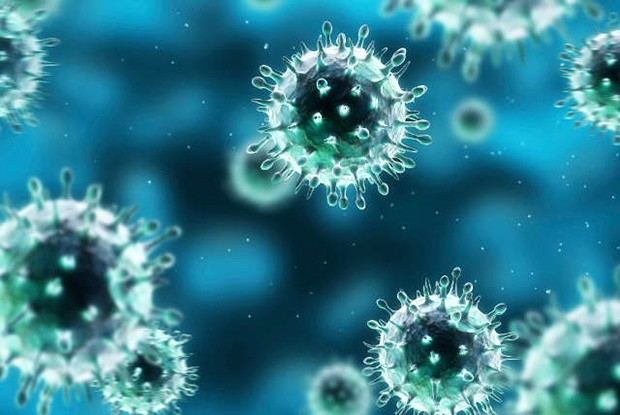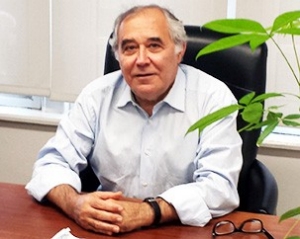Fellows are elected for having made a substantial contribution to the improvement of natural knowledge, including mathematics, engineering science and medical science.
Concordia’s Lanthanide Research Group
Capobianco’s work at his Lanthanide Research Group involves optical spectroscopy, synthesis, and uses lanthanide-doped nanoparticles for potential applications in cell targeting, including bioimaging, diagnostic medicine, photodynamic therapy and drug delivery through photo-switching to target disease.
“The idea is to improve drug delivery,” says Capobianco. “For example, with cancer and chemotherapy, the drugs end up throughout your body. We want to be able to deliver the drugs directly to the site of the tumour. That’s the long-term outlook.”
To get there, the research group is experimenting using lanthanides doped nanoparticles.
“We’re using light to do all this,” explains Capobianco, who got his PhD at the University of Geneva, and founded the research group at Concordia in 1986. “That’s our main focus. We use light to do the imaging, light to do the diagnostic, light to do the photodynamic therapy.”
Praise for his students
When Capobianco speaks about his work at the lab, he uses the royal “we” and insists on spreading the credit for the Lanthanide Research Group among his past and present students.
“Over the past 30 years, I’ve had really excellent students and that has been the key to the success the research group has had,” he says.
“I cannot give them enough praise — for the undergrad students in the summers, to master’s students, to PhDs and post-docs. We’re in a very competitive field today and there’s a lot of work being done all over the world. However, we’re one of the main players. My students have so much drive and passion for the work that we do.”
Learn more about research in the Lanthanide Research Group.
 “The idea is to improve drug delivery,” says John Capobianco about the work in his Lanthanide Research Group.
“The idea is to improve drug delivery,” says John Capobianco about the work in his Lanthanide Research Group.
 John Capobianco: “I’m honoured and humbled that the international community recognizes the work I’ve done over the past 30 years.”
John Capobianco: “I’m honoured and humbled that the international community recognizes the work I’ve done over the past 30 years.”